
It is no secret that South America’s Amazon Rainforest is one of the most biologically diverse places in the world – around one in ten of all the known animal species in the world can be found there. When most of us think of animals in the Amazon jungle, we think of the impressive megafauna like giant snakes, parrots, jaguars, monkeys, and poisonous frogs. In reality, the majority of the animal life in the Amazon is made up of insects of the amazon rainforest, and the numbers are staggering!
Scientists estimate that the Amazon basin is home to over 2.5 million species of insects, with just one acre of rainforest estimated to contain up to 70,000 different insect species! It contains the greatest number of butterfly species in the world (7,000 of the world’s 20,000 butterfly species can be found here), and it is estimated that ants make up 30% of the total animal biomass of the Amazon basin!
Many of the weird and wonderful insect species of the Amazon look like something straight out of the most far-fetched sci-fi movie, and we’ve compiled a list of our favorite bugs.

Yep – this is an actual real insect, not a strange photoshop job crossing a moth with a peanut. This odd insect’s name came about because of a mistaken belief that their heads were bioluminescent, but this has proven to be untrue.
A member of the Fulgoridae family, it is unclear exactly why the lanternfly has such a strange, bulbous head. Some entomologists think it is to ward off predators by mimicking the head of a lizard or snake. If that doesn’t work, the lanternfly can spread its wings to reveal two large circular patterns very closely resembling the eyes of a jaguar or ocelot.
Then, if all else fails, the lanternfly can resort to more direct methods by squirting a foul-smelling liquid into the face of its assailant. Best just leave this guy alone!
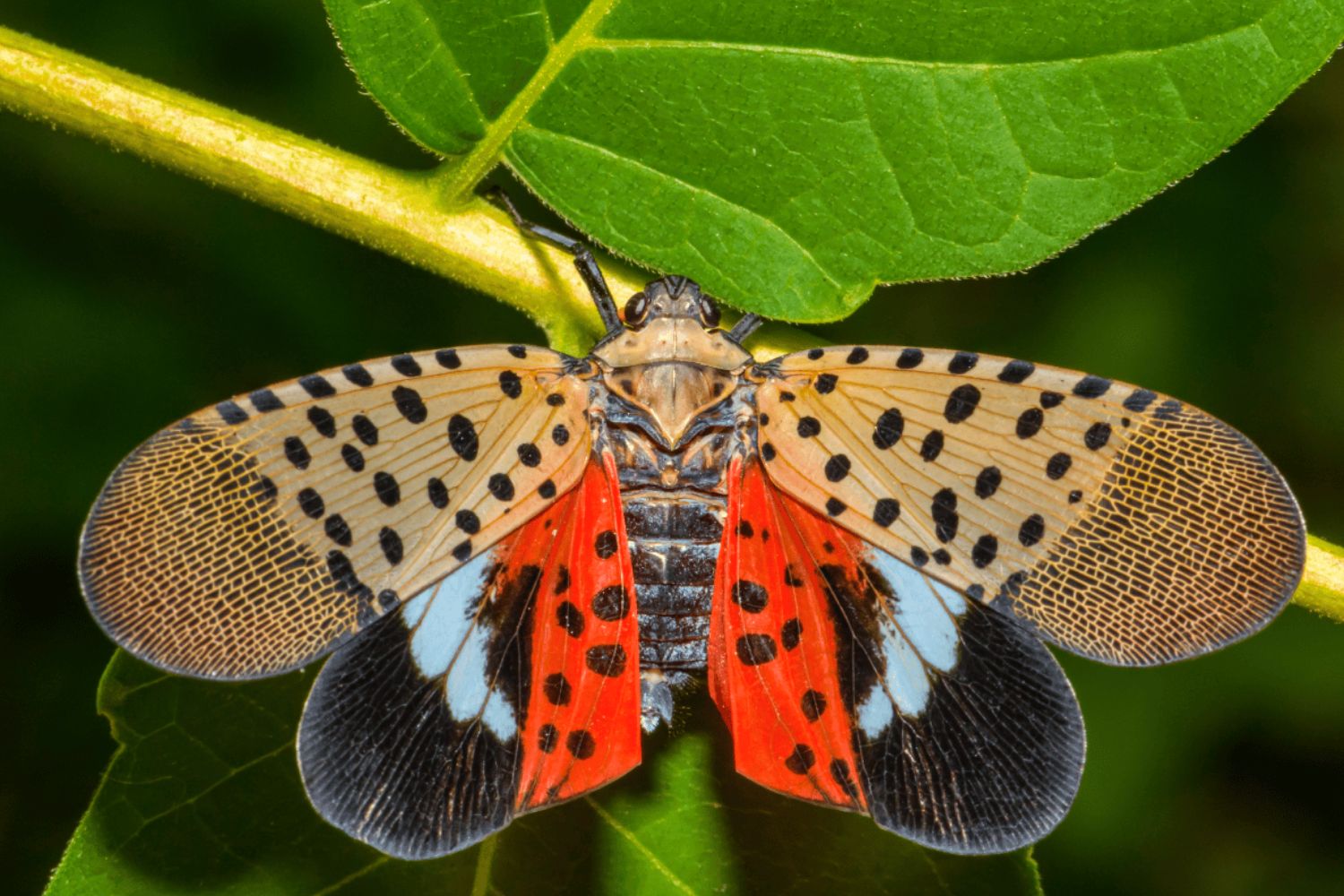
These powerful and impressive beetles from the scarab family have huge, intimidating horns that give them their name, and can grow up to 6 inches in size. They are proportionally the strongest animal on the planet, and can lift up to 850 times their own bodyweight! The male beetles clash together in deadly battles over females, lifting and throwing each other to the ground like armored wrestlers. Despite the apparent fierceness, these beetles are actually gentle and harmless to humans, making them popular pets in parts of Asia!
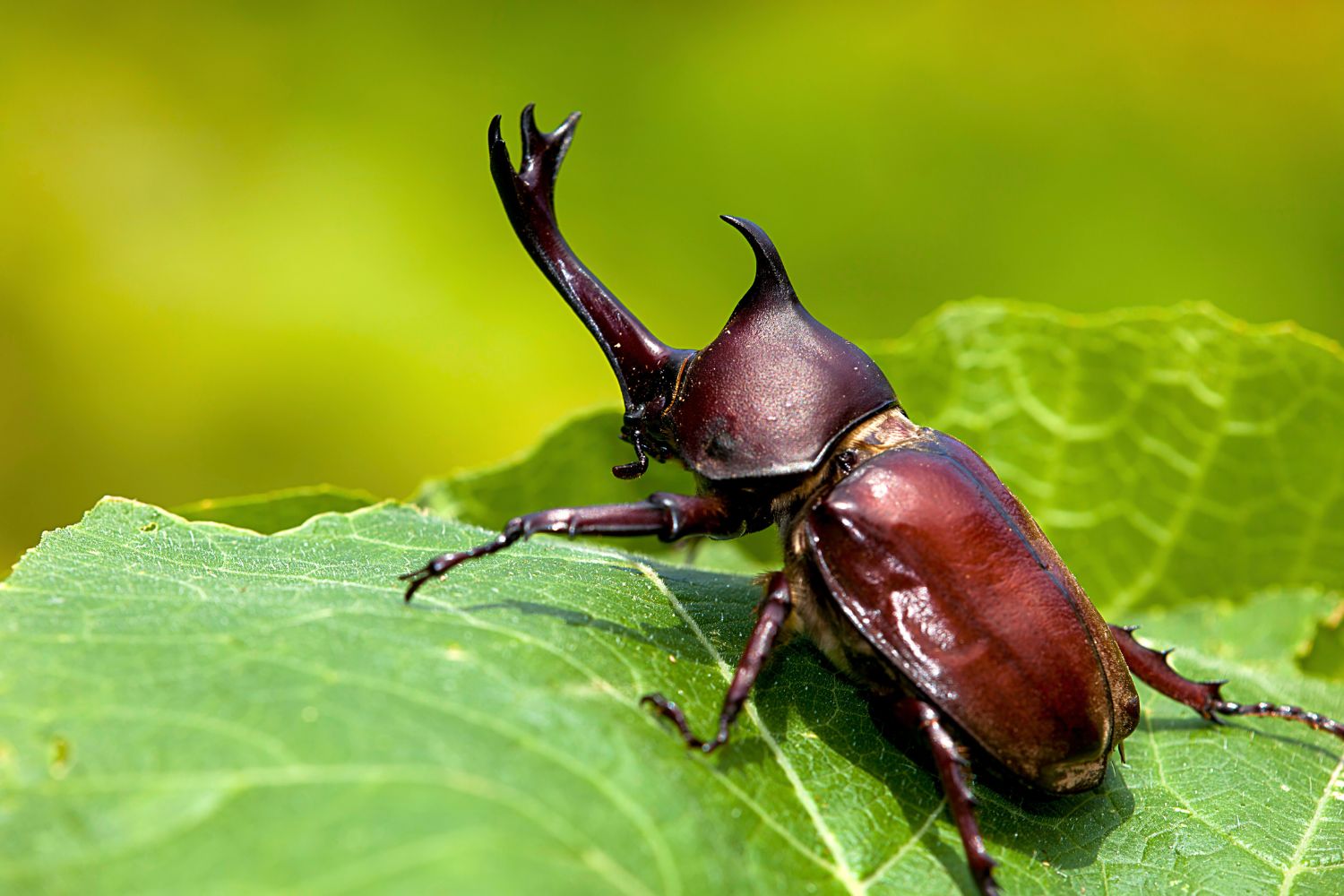
Now it may just look like somebody has dropped their toupe, but this is actually the larva of a flannel moth. These little critters can be found searching for food amongst the leafy canopy in the northern parts of the Amazon rainforest, and their adult form is equally furry and cute!
Don’t be fooled by this little guy’s harmless appearance: the dangerous soft yellow fur hides poisonous spines that, on contact with the skin, can cause severe pain, nausea, burning sensations, rashes, chest pain, and shortness of breath. The pain from these spines has been compared to the pain of a broken bone or blunt force trauma, so this is an insect best admired from afar!
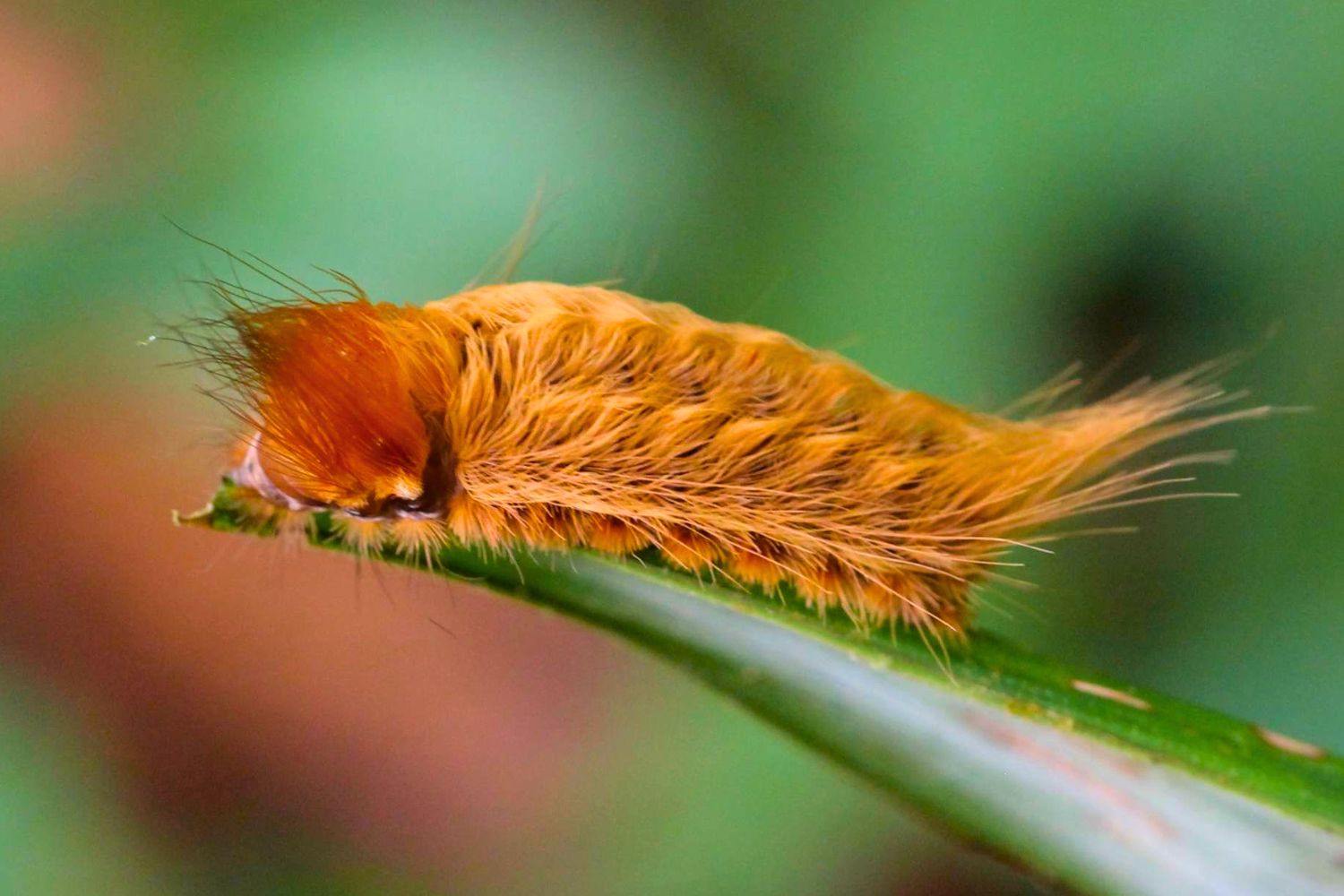
Weighing in as the most dangerous insect for humans on this list, the bullet ant has the title of having the most painful insect bite in the world. The bite of this insect has been compared to the pain of being shot, earning the bullet ant its name. It is also the second-largest species of ant in the world behind the giant hunting ant.
These ants are extremely aggressive towards humans and will defend their nest ferociously, and the searing pain of their bites and stings can last up to 24 hours. In a totally bizarre practice, the Satere Mawe tribe of the Brazilian Amazon rainforest has a manhood ritual in which boys have to wear gloves filled with these ants and endure the hideously painful bites for five minutes before they can be considered true warriors.

These tiny, speedy little critters come in a variety of incredibly vibrant colors, looking like they come from an alien planet. They are very difficult to catch as they can move in all directions incredibly quickly with their comically lithe and powerful limbs. Some of them have an ingenious way of escaping from predators by covering themselves in elaborate ‘wax sculptures’. If attacked, this waxy structure breaks off, allowing the leafhopper nymph to zoom to safety.
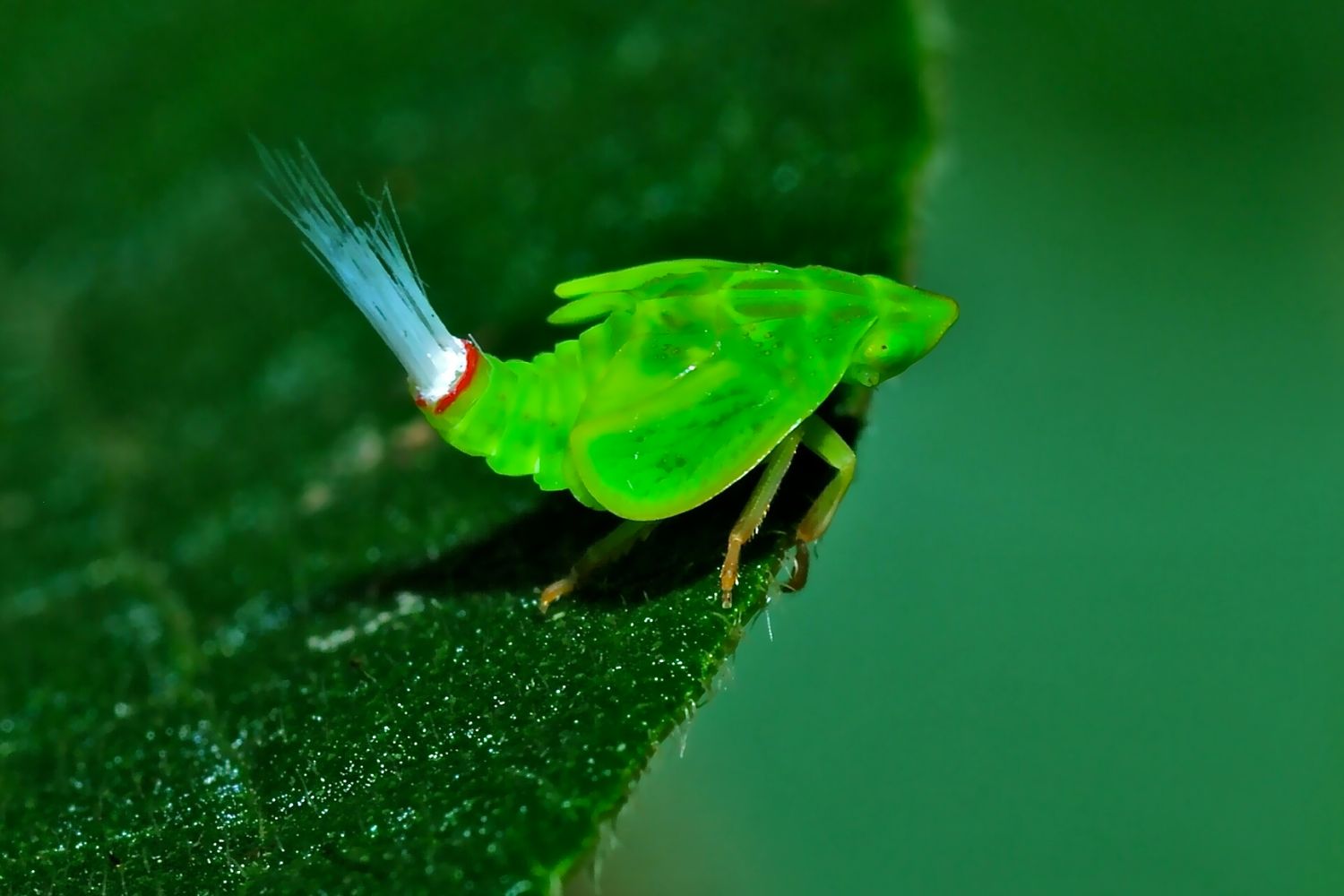
Undoubtedly one of the coolest insects on the planet, there are many different species of mantis in the Amazon rainforest, such as the recently discovered unicorn mantis.
These fierce hunters are masters of camouflage and are very difficult to spot. They beguile their prey with their trademark ‘praying’ stance before pouncing with lightning speed to grab their unlucky victim with their sharp claws.
These strange insects also exhibit very odd mating behavior. Like many insects and arachnids, the female is much larger and more dangerous than the male – and after mating, the female kills and devours the male. An interesting first date to say the least!
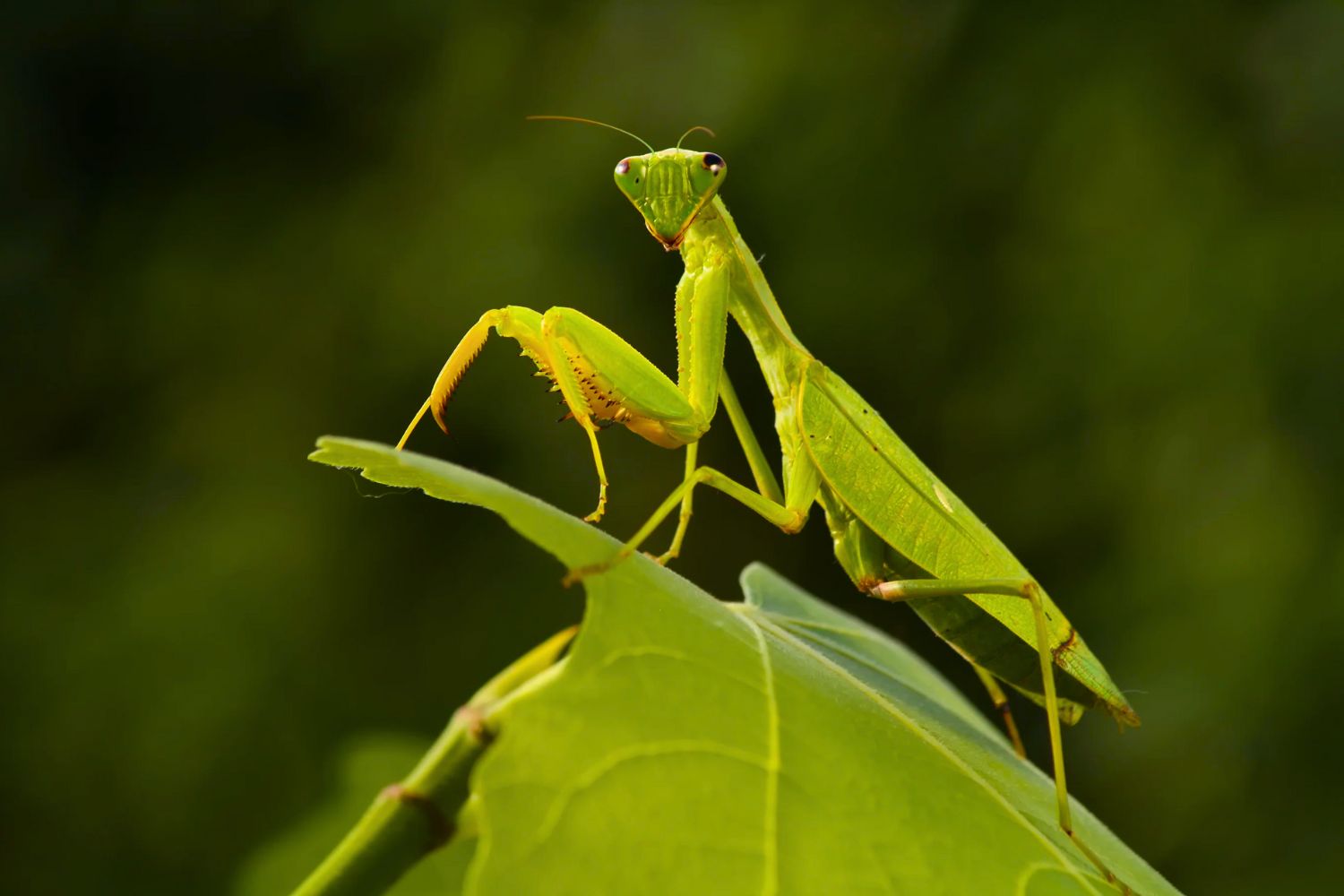
There are many incredible examples of symbiotic relationships in rainforest insects, where different species are found working together for common gain. One example of this (which sounds like something straight out of a kids’ movie) is the life cycle of the terentia hairstreak butterfly.
An entomologist from the Tambopata National Park research center in the Peruvian Amazon rainforest discovered that the caterpillars of this species live on tree trunks, feeding on the peculiar yellow bulbs of a rare parasitic plant. Oddly, the caterpillars are guarded by an army of ants.
The ants patrol back and forth, shielding the caterpillars from predators, and every so often an ant will go and tap a caterpillar on the backside. At this touch, the caterpillar releases a drop of sugary nectar from its posterior that the ants love to drink!

Its impressive Latin name – titanus giganteus – pretty well sums up the world’s largest beetle. A sub-species of longhorn beetle, titan beetles can grow up to 7 inches long. For reference, open the palm of your hand with your fingers held out straight, and imagine a beetle taking up the entire surface area of your hand! Despite its impressive size, the titan beetle is unaggressive and feeds on decaying wood. Like many species in the Amazon rainforest, this gentle giant is sadly an endangered species due to the loss of habitat through deforestation.
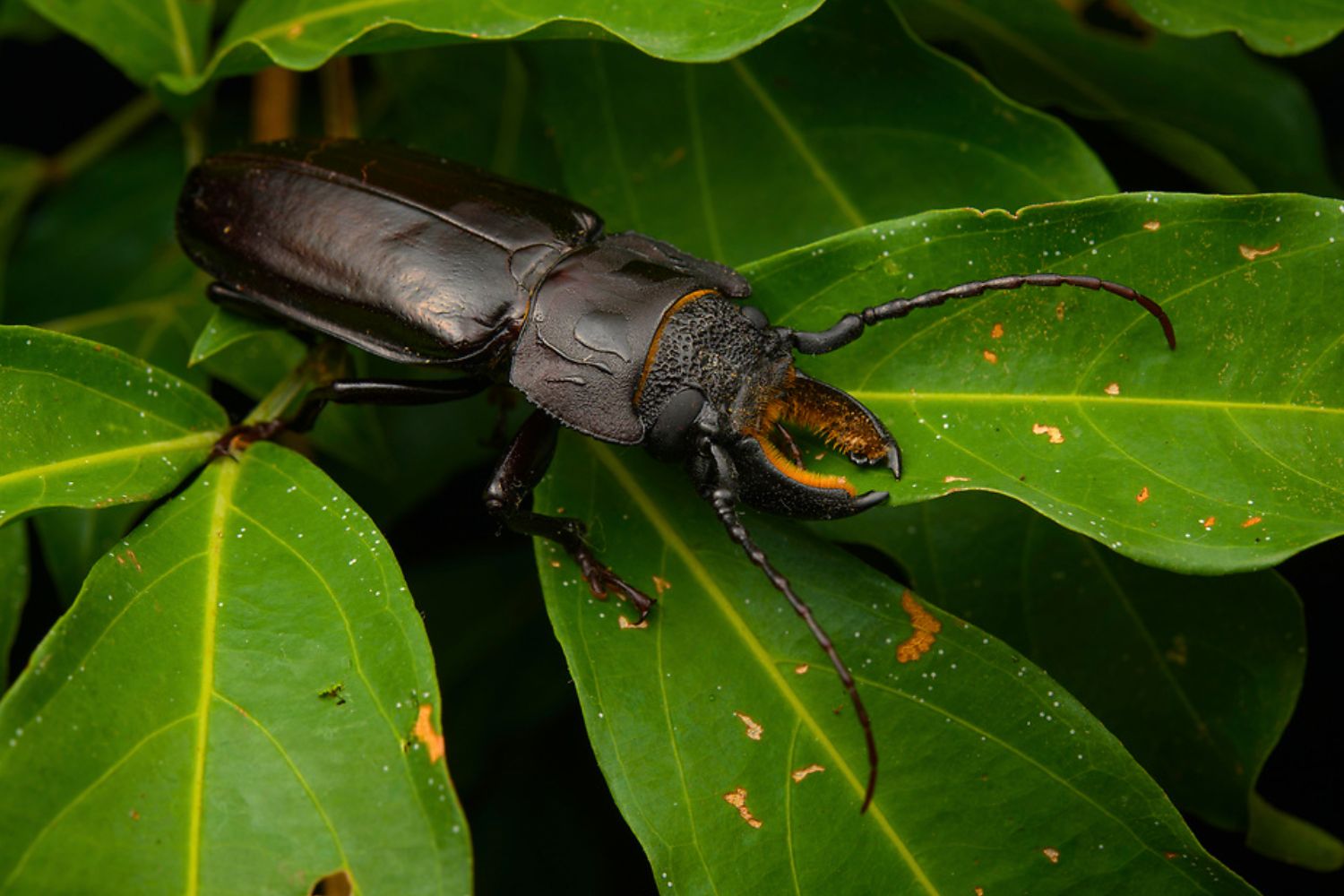
The Amazon Rainforest contains many insects that engage in mimicry, but this incredible insect truly is the master of the art of disguise. Each individual insect is unique in its leaf-like patterns and designs, and the level of detail is astonishing. You can find bruises, mud marks, and splotches, and even ‘leaf holes’ with a circle of the transparent membrane. Some even mimic brown and dead leaves, and leaves that have been chewed!
These insects have grown to be so clever with their mimicry because they are mainly predated on by clever primates, so only the best disguises survive.
The name katydid is onomatopoeic as it describes the kat-y-did sound that they make when rubbing their legs together.

The sheer ingenuity of the assassin bug is seemingly boundless. These cunning cousins of the shield bug have become extremely quick ambush predators and developed unbelievable ways of hunting prey.
They have been known to hunt ants by covering themselves in carcasses of dead ants. This coats the assassin bug with ant pheromones, allowing them to get close enough to pounce on the fast live ants.
These inventive insects also hunt bees by covering their forelegs in tree sap and then catching bees out of the air with their sticky claws. They then pierce the outer shell of their unfortunate victim with a specially adapted sharp proboscis and inject a powerful toxin that liquefies the internal organs, allowing the assassin bug to slurp up the gruesome cocktail.

If you are keen-eyed, you may spot these otherworldly transparent butterflies fluttering through the shadowy rainforest. Resembling ethereal ghosts, these glass-winged butterflies are an enchanting sight.
Oddly, most butterflies actually have clear wings, but they are covered in colorful scales. If you rubbed off the delicate scales, the wings would be clear! Whilst beautiful to look at, these butterflies are very difficult to spot because of their transparent wings.
However if a predator did manage to catch one, these butterflies are laced with a deadly poison. The adults of this species actively seek out poisonous flowers containing pyrrolizidine alkaloid toxins and feed on them. So anyone unlucky enough to eat one of these butterflies will suffer extreme liver damage or even death.
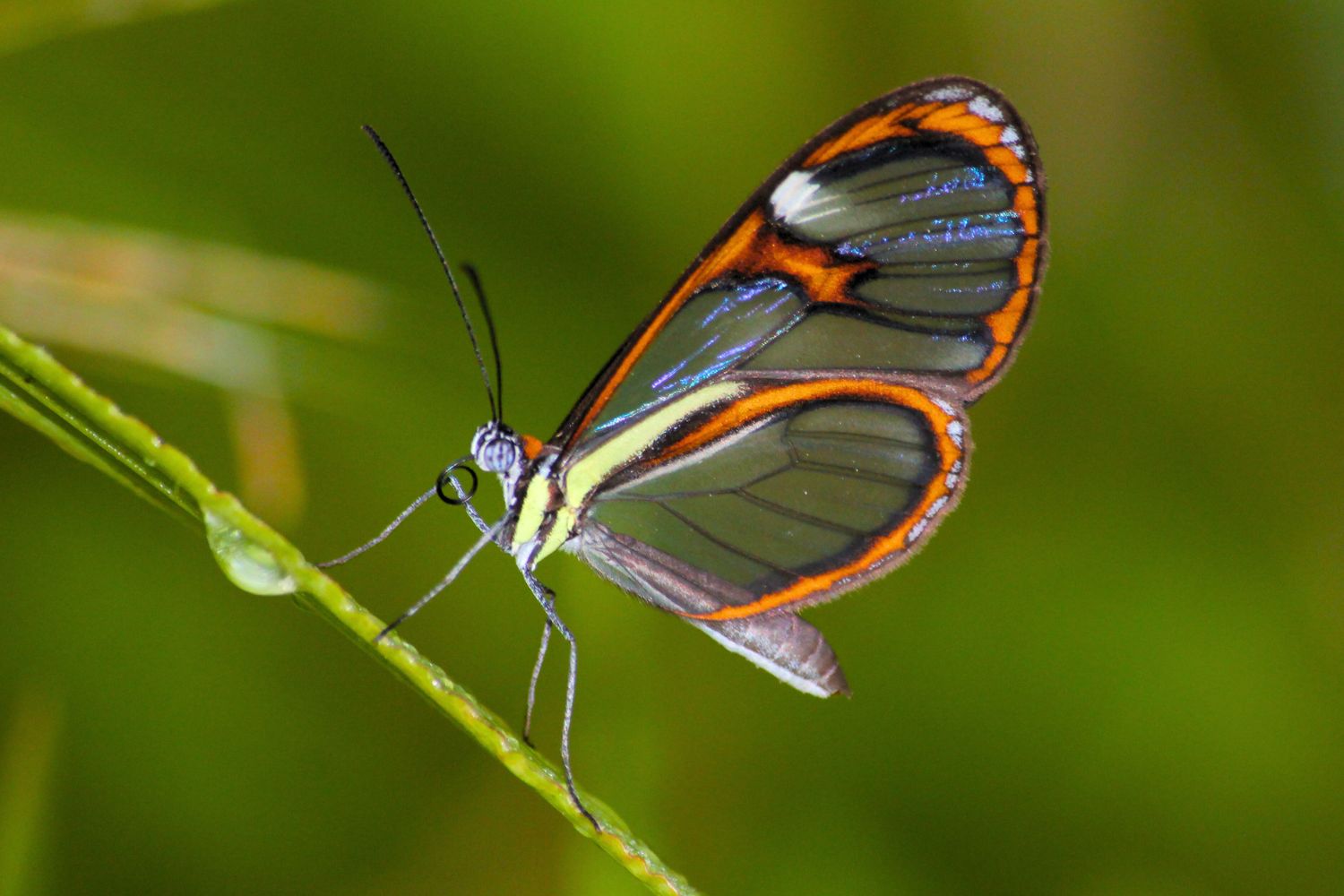

Your journey to the Tambopata National Reserve offers a great opportunity to discover a lively biodiversity of birds, mammals, reptiles, insects and trees. Record-setting numbers of animal species are concentrated within small areas, and the variety of plant life is greater than almost anywhere in the world.

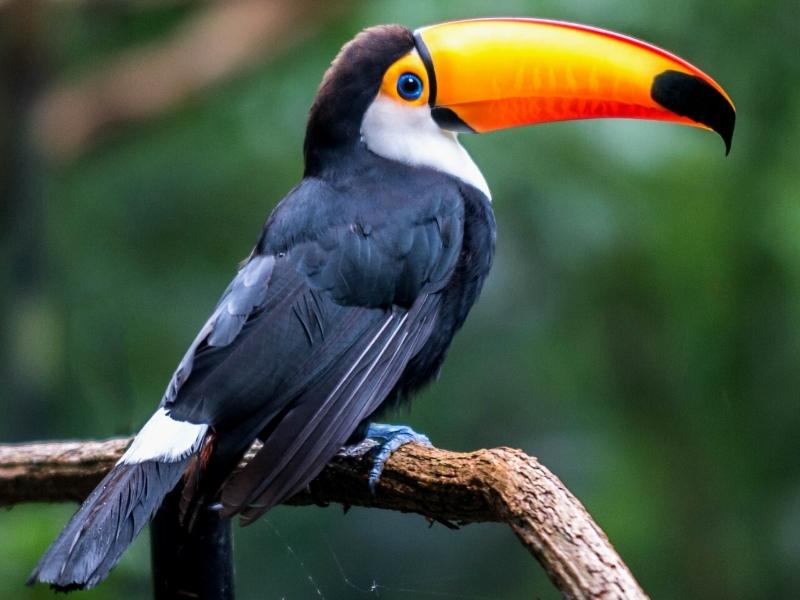
The 3 Days Tambopata Adventure Tour is exclusively designed for those wanting to experience the best of Peruvian Amazon Rainforest in a short time. The Tambopata jungle adventure offers an insight to the culture and amazon wildlife.


Manu National Park is an excellent way to experience an intense amazon wildlife.Is the biggest Amazon rainforest in the Americas, its incomparable natural wealth, host the greatest amount of flora and fauna of the world.
